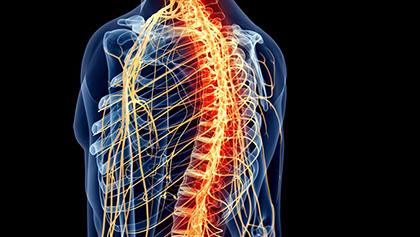
In contrast, of the 53 MOG-IgG negative participants, the criteria could be applied at baseline to 45, of whom 36 (80%) met both DIS and DIT criteria for MS ( P =. Of the 12 MOG-IgG positive participants, the McDonald criteria could be applied to 10, of whom only 4 (40%) met both dissemination in space (DIS) and time (DIT) criteria. Of note, most participants were recruited and diagnosed before the clinical availability of MOG-IgG testing, and none of the participants included in the study had clinical anti-MOG testing performed as part of their diagnostic workup. Patients were included only if first serum sample was obtained within 45 days of initial clinical presentation, had complete clinical information available, and had a diagnosis of MS based on 2017 McDonald diagnostic criteria. "When serologic testing is not obtained at baseline, clinical and MRI features atypical for MS should still raise suspicion of MOGAD." "While high-positive MOG-IgG at baseline supports a MOGAD diagnosis, the waning of MOG-IgG titers over time can lead to a missed diagnostic opportunity for MOGAD," senior author Amit Bar-Or, MD, FRCPC, FAAN, FANA, Melissa and Paul Anderson President’s Distinguished Professor director, Center for Neuroinflammation and Neurotherapeutics and chief, Multiple Sclerosis Division, department of neurology, Perelman School of Medicine, University of Pennsylvania, and colleagues, wrote. In total, 18% (n = 12) of those had MOG-IgG at onset, a frequently substantially higher proportion than reported in adult MS cohorts, where MOG seropositivity was typically below 1% and did not exceed 5%. The study included 65 children and adolescents meeting MS diagnostic criteria either at onset or over time, recruited between 20, who had MOG-IgG data in serum obtained at presentation.

Children meeting multiple sclerosis (MS) diagnostic criteria with presence of myelin oligodendrocyte glycoprotein (MOG)-immunoglobulin-G (IgG) can have clinical, cerebrospinal fluid (CSF), and MRI features that look similar to MS but may lead to a non-MS disease course, such as MOG antibody-associated disease (MOGAD), new findings show.


 0 kommentar(er)
0 kommentar(er)
